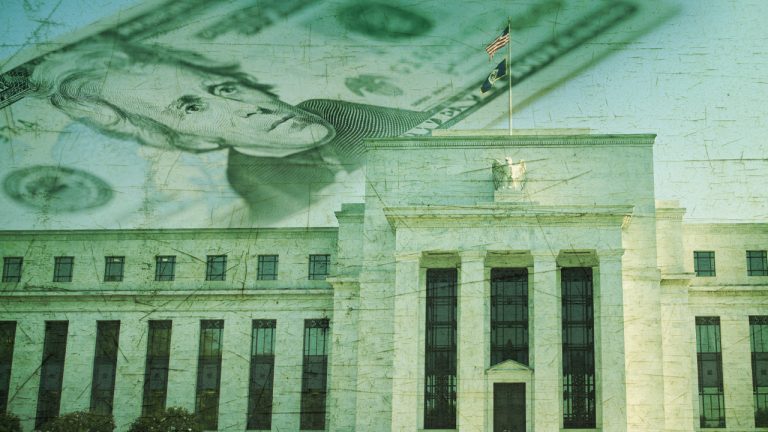The U.S. Central Bank has issued an update regarding the Federal Reserve’s Fednow project, which is scheduled to commence in July. The Fed has responded to recent criticism of the Fednow service and asserts that the Fednow payment network is “neither a form of currency nor a step toward eliminating any form of payment, including cash.”
Fednow Won’t Replace Cash, the U.S. Central Bank Insists
When the U.S. Federal Reserve announced the launch of the Fednow service in July, it sparked immediate opposition and led many to believe it is one of the initial stages of an American central bank digital currency (CBDC). Several prominent economists and politicians have cautioned that a CBDC would bring about greater surveillance of Americans’ financial transactions.
In order to quell fears, the Fed issued an update on April 7, 2023, in which it raised the questions, “Is Fednow replacing cash?” and “Is it a central bank digital currency?” The central bank maintains that Fednow accomplishes neither of these objectives and emphasizes that the project is solely focused on “instant payments.” The Fed’s update unequivocally states: “Fednow is not related to a digital currency.” The U.S. central bank’s notice adds:
Fednow is a payments service the Federal Reserve is making available for banks and credit unions to transfer funds. It is like other Federal Reserve payment services, such as Fedwire and [Fed ACH]. The Fednow Service is neither a form of currency nor a step toward eliminating any form of payment, including cash.
In a recent interview, economist Richard Werner expressed concern about the timing of the Fednow project, describing it as “suspicious.” Werner linked the initiative to a central bank digital currency (CBDC), a sentiment shared by Georgia Representative Marjorie Taylor Greene, who criticized Fednow on April 5. In recent times, several U.S. lawmakers have proposed legislation that would prohibit CBDC initiatives.
According to the Fed’s update, the central bank “has not made a decision on whether to issue a central bank digital currency (CBDC),” and it will not do so without the authorization of the executive branch and congressional members. The Fed further emphasizes that “a CBDC would not replace cash or other payment options.”
Conversely, the White House’s recent “Economic Report of the President” noted the possibility that Fednow and CBDC initiatives “have the potential to realize many of the benefits that crypto asset developers have promised.” With regards to a U.S. CBDC, the general public is currently aware of two distinct Federal Reserve projects.
The first project is an experiment called “Project Cedar,” a pilot designed by the Federal Reserve Bank of New York. The Project Cedar protocol employs a wholesale digital dollar to enhance financial transactions. The second CBDC initiative by the Fed is “Project Hamilton,” a joint effort of the Federal Reserve Bank of Boston and the Massachusetts Institute of Technology (MIT). While the Fed maintains that Fednow is not related to a digital currency, it seems to be a matter of semantics.
The Fed asserts that the Fednow service is not a digital currency or a step toward eliminating any form of payment, including cash, but instead, a digital payment system designed to facilitate instant payments. However, some critics contend that the system is, in fact, a form of digital currency, and that the Fed’s characterization of the project is misleading. Ultimately, the exact nature of the Fednow service and its relationship to a potential CBDC remains a topic of debate.
Will the Fednow project pave the way for a central bank digital currency, or is it simply a digital payment system designed to facilitate instant payments? Share your thoughts in the comments section below.










